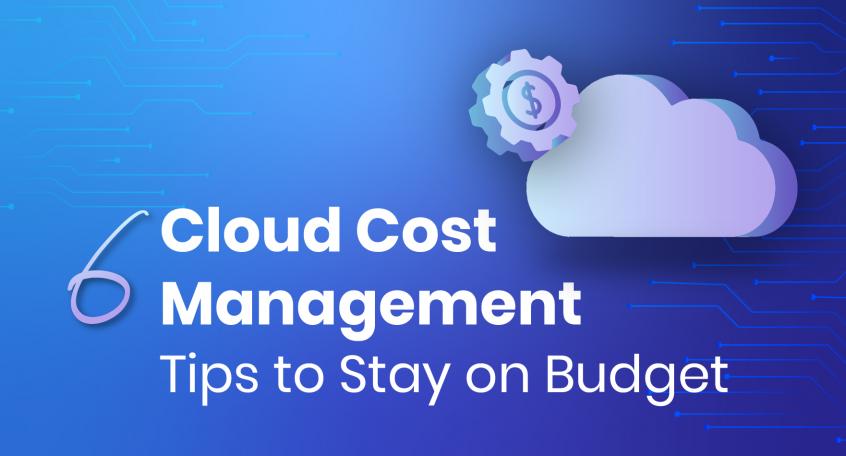Unlocking Cloud Cost Management: Strategies for Optimizing Spending and Maximizing Value
- Dynamic Nature of Cloud Costs: Cloud computing offers flexibility in resource allocation, but this dynamism can lead to unpredictable costs. It’s crucial to monitor and manage these costs effectively to avoid overspending.
- Pay-as-You-Go Model: Most cloud providers operate on a pay-as-you-go model, where users pay only for the resources they consume. While this model offers cost savings, it requires careful monitoring to prevent unnecessary expenses.
- Resource Optimization: Cloud cost management involves optimizing resource usage to minimize expenses while maximizing performance. This includes rightsizing instances, scheduling resources, and leveraging reserved instances or spot instances.
- Cost Visibility: Effective cost management begins with clear visibility into cloud spending. Utilize cost management tools provided by cloud providers or third-party solutions to track expenses, identify trends, and allocate costs accurately.
- Cost Allocation: Assigning costs to specific projects, departments, or teams is essential for accountability and budgeting purposes. Implement tagging and labeling practices to track resource usage and allocate costs accordingly.
- Budgeting and Forecasting: Establishing budgets and forecasting future costs helps organizations plan and allocate resources effectively. Regularly review and adjust budgets based on actual usage and business requirements.
- Cost Governance: Implement cost governance policies and controls to enforce budget limits, monitor spending, and prevent cost overruns. This may include approval workflows, spending alerts, and automated cost optimization measures.
- Rightsizing: Rightsizing involves matching cloud resources to actual workload requirements to avoid underutilization or overprovisioning. Analyze resource utilization metrics and adjust instance sizes or configurations accordingly.
- Lifecycle Management: Adopt lifecycle management practices to optimize costs throughout the resource lifecycle. This includes decommissioning unused resources, archiving data, and automating resource provisioning and deprovisioning.
- Reserved Instances and Discounts: Take advantage of reserved instances, savings plans, or volume discounts offered by cloud providers to reduce costs for long-term or predictable workloads. Evaluate pricing options and commitments to optimize savings.
- Cloud Cost Optimization Tools: Leverage cloud cost optimization tools and services to identify cost-saving opportunities, analyze spending patterns, and automate optimization actions. These tools provide actionable insights to drive continuous cost improvement.
- Monitoring and Reporting: Regularly monitor cost metrics and generate comprehensive reports to track spending trends, identify anomalies, and communicate cost performance to stakeholders. Use dashboards and visualization tools for clear, actionable insights.
- Educating Stakeholders: Educate stakeholders across the organization about cloud cost management best practices, cost implications of different services, and the importance of cost-conscious behavior. Foster a culture of cost awareness and accountability.
- Continuous Improvement: Cloud cost management is an ongoing process that requires continuous monitoring, optimization, and adaptation to evolving business needs and cloud service offerings. Regularly review and refine cost management strategies to ensure efficiency and cost-effectiveness.
By implementing these facts and notes on cloud cost management, organizations can effectively control cloud spending, optimize resource usage, and achieve greater value from their cloud investments.
